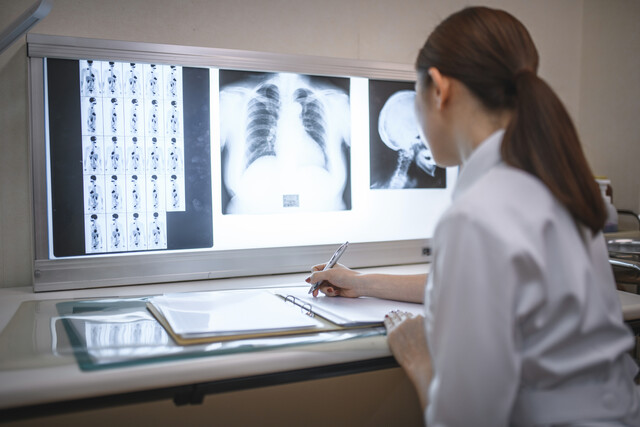Online Class: HIV — Prevention, Diagnosis, Treatment

no certificate
with CEU Certificate*
-
11Lessons
-
18Exams &
Assignments -
502Students
have taken this course -
5Hours
average time -
0.5CEUs
Course Description
Comprehensive Guide to HIV: Understanding, Prevention, and Care
Welcome to this all-encompassing course on HIV: Prevention, Diagnosis, and Treatment. Through a systematic approach, our course aims to provide clear insights into a topic that often remains shrouded in myths and misconceptions. With current statistics, a plethora of examples, and detailed explanations, students will acquire a well-rounded understanding of HIV and its broad implications.
Why This Course Matters
The distinction between HIV (Human Immunodeficiency Virus) and AIDS (Acquired Immune Deficiency Syndrome) is often misunderstood, resulting in unwarranted fears and stigmas. By comprehensively understanding these conditions, not only do patients benefit, but also their families, friends, and caregivers, fostering a supportive environment for those affected.
Course Highlights
-
The Fundamentals of HIV: Dive deep into what HIV is and how it differentiates from AIDS, debunking common myths and misconceptions.
-
HIV's Impact on the Body: Grasp how the virus interacts with the human immune system, and the physiological changes it induces.
-
Symptoms and Diagnostics: Explore the signs that might indicate HIV infection and the modern diagnostic methods employed by healthcare professionals.
-
Prevention is Better Than Cure: Delve into actionable methods to prevent HIV transmission, focusing on industry-recommended precautions and understanding the increased risk factors associated with certain lifestyles.
-
Treatment Modalities: From globally recognized antiretroviral therapies to alternative treatments and nutritional supplements, discover the myriad ways HIV is being managed today.
-
Living Positively with HIV: Understand the dietary needs, lifestyle habits, and coping mechanisms that can help boost the immune system and enhance the quality of life for those diagnosed.
-
Transition to AIDS: Unravel the factors leading to the progression of HIV to AIDS and current research endeavors aimed at slowing this progression.
-
Breaking Stereotypes: Equip yourself with credible resources to challenge misconceptions about HIV and advocate for an informed and compassionate societal perspective.
Course Breakdown
- HIV Basics: Set a strong foundation by understanding the core aspects of HIV.
- How Does HIV Affect the Body?: Learn the physiological effects of the virus.
- Symptoms Associated With HIV: Identify potential warning signs.
- How an HIV Diagnosis Is Made: Discover the various diagnostic procedures.
- Preventing HIV Infection and Transmission to Others: Understand and champion preventive measures.
- Traditional HIV Treatment Options: Gain insight into globally-recognized treatment regimens.
- Alternative Medical Treatments for HIV: Explore beyond traditional medicine.
- Living With HIV: Embrace the measures for a healthy life post-diagnosis.
- Preventing HIV-Related Illnesses: Ward off secondary infections and complications.
- What Is My Prognosis?: Delve into the long-term outlook for those with HIV.
- Coping With HIV: Strategies and resources for mental and emotional well-being.
Who Should Enroll
This course is indispensable for anyone seeking a comprehensive understanding of HIV, especially those recently diagnosed, their families, healthcare professionals, educators, or anyone aiming to challenge the status quo surrounding HIV and AIDS.
In an era where information is power, we invite you to become empowered, informed, and compassionate. Let's build a world where understanding trumps fear, and care surpasses judgment. Join us today and make a difference, one lesson at a time.
- Completely Online
- Self-Paced
- Printable Lessons
- Full HD Video

- 6 Months to Complete
- 24/7 Availability
- Start Anytime
- PC & Mac Compatible
- Android & iOS Friendly
- Accredited CEUs

Course Lessons
Lesson 1. HIV Explored: Early Symptoms and Progression
Though HIV can lead to AIDS, not all infected individuals will progress to that stage, thanks to advancements in screening, medication, and awareness. Learning proper prevention and management techniques is key to controlling HIV's impact on health.Lesson 2. HIV: Unique Strains and Their Effects
HIV impacts the body not just physically by attacking the immune system, but also mentally and emotionally due to the stigma and challenges associated with the virus. Adapting lifestyles and understanding HIV's effects can help manage symptoms and maintain quality of life for those diagnosed.Lesson 3. A Comprehensive Guide to Symptoms Associated with HIV
Symptoms such as unexplained weight loss and oral thrush in HIV patients result from the immune system's declined functionality as it battles the virus. It's advisable for women with HIV to have frequent gynecological exams to prevent late-stage cervical cancer due to heightened susceptibility.Lesson 4. The Critical Role of Diagnostic Testing in HIV Detection
Understanding HIV's impact on the immune system emphasizes the need for accurate testing and honest communication with healthcare providers. Counseling and support networks play a crucial role in coping with diagnosis, stressing the significance of community support.Lesson 5. HIV Safe Practices: Protecting Yourself and Others
Universal precautions in medical settings offer substantial protection against HIV, though Hepatitis poses a more frequent threat to healthcare workers. Public familiarity with proper protective measures and safe behaviors like using clean needles curtail transmission risk.Lesson 6. Decades of Progress in HIV Medication
HIV treatment advances since the 1980s demonstrate the importance of dedicated research and clinical trials, resulting in a comprehensive arsenal of antiretroviral drugs that empower patients to manage the virus effectively. Despite progress, systemic issues around healthcare access and the high cost of medications persist, urging continual innovation and policy reform.Lesson 7. From Acupuncture to Yoga: Alternative Routes in HIV Care
The combination of conventional HIV treatments and alternative medicine reflects the global diversity in healing practices, focusing on enhanced quality of life. While supplements and certain therapies hold promise, their effects vary, necessitating personalized healthcare discussions.Lesson 8. HIV: A Journey to Understanding and Adaptation
Coping with HIV involves embracing a healthy lifestyle and adapting to the emotional impact, using resources like dietary guidance and exercise to bolster well-being. It's essential to balance medical care with personal strategies for resilience, while navigating potential challenges without rushing decisions.Lesson 9. Protection Against HIV-Related Diseases
HIV weakens the immune system, making individuals more susceptible to opportunistic infections such as pneumonia and tuberculosis, but understanding early symptoms and maintaining medical checkups can help manage these risks. Highly Active Antiretroviral Therapy (HAART) reduces HIV-related illnesses by suppressing the virus, transforming HIV into a manageable chronic condition rather than a fatal progression to AIDS.Lesson 10. HIV Prognosis: The Key to Early Intervention
HIV progression to AIDS varies widely, with individual-specific reactions and numerous influencing factors, making personalized medical prediction challenging. Critical elements include early diagnosis, treatment, and understanding HIV types to manage the condition effectively and plan for future care needs.Lesson 11. Embracing Support and Overcoming Stigma: Navigating Life with HIV
Individuals diagnosed with HIV often face social stigma and misinformation, hindering their coping process. Support from family, friends, and mental health professionals plays a pivotal role in maintaining their emotional resilience.
Learning Outcomes
- Define the difference between HIV and AIDS, including the progression and stages of each condition.
- Identify effective strategies for preventing the transmission of HIV and describe various symptoms and treatments available.
- Describe the emotional and mental challenges faced by individuals diagnosed with HIV and propose strategies for effective coping and support mechanisms.
- Identify the phases of HIV infection and explain their impact on the immune system's functionality, including T-cells and macrophages.
- Analyze changes in the lymphatic system related to HIV, such as swollen lymph nodes, by explaining their role and response in fighting viral infections.
- Identify and describe at least three common symptoms associated with early stages of HIV infection, including their potential variations in severity and duration.
- Define the sequence and purpose of diagnostic steps for confirming an HIV infection.
- Identify common laboratory tests used to diagnose HIV and explain their significance.
- Identify and describe the main modes of HIV transmission and procedures to mitigate risk, including protective measures, during sexual activity and healthcare practices.
- List and explain universal precautions in healthcare settings to prevent HIV transmission, demonstrating appropriate use of personal protective equipment and waste disposal.
- Demonstrate understanding of how traditional HIV medications work by explaining their roles in hindering virus replication and managing symptoms.
- Identify key factors in selecting appropriate HIV drug regimens, such as CD4 counts and potential side effects, to tailor treatment effectively.
- Recognize different forms of alternative and complementary medical treatments for HIV and describe their potential benefits and limitations.
- Demonstrate mastery of lesson content at levels of 70% or higher.
Additional Course Information

- Document Your Lifelong Learning Achievements
- Earn an Official Certificate Documenting Course Hours and CEUs
- Verify Your Certificate with a Unique Serial Number Online
- View and Share Your Certificate Online or Download/Print as PDF
- Display Your Certificate on Your Resume and Promote Your Achievements Using Social Media

Choose Your Subscription Plan
No Certificate / No CEUs
This course only
| Includes certificate | X |
| Includes CEUs | X |
| Self-paced |

|
| Instructor support |

|
| Time to complete | 6 months |
| No. of courses | 1 course |
Certificate & CEUs
This course only
| Includes certificate |

|
| Includes CEUs |

|
| Self-paced |

|
| Instructor support |

|
| Time to complete | 6 months |
| No. of courses | 1 course |
Certificates & CEUs
Includes all 600+ courses
| Includes certificate |

|
| Includes CEUs |

|
| Self-paced |

|
| Instructor support |

|
| Time to complete | 12 Months |
| No. of courses | 600+ |
Certificates & CEUs
Includes all 600+ courses
| Includes certificate |

|
| Includes CEUs |

|
| Self-paced |

|
| Instructor support |

|
| Time to complete | 24 Months |
| No. of courses | 600+ |
Student Testimonials
- "After completing this course I have learned that there are many stages to HIV and if left untreated the disease becomes worse and you eventually develop AIDS. I am very happy to have taken this course because after learning this I realized that HIV is managable and very misunderstood. Great learning experience, the course is very informative." -- Maria B.
- "She was very prompt in grading the assignments and exams." -- Lyn L.
Related Courses
-
 74 hours
7.4 CEUs
Medical Billing and Coding Course Bundle
+ More Info
74 hours
7.4 CEUs
Medical Billing and Coding Course Bundle
+ More Info
-
 14 hours
1.4 CEUs
Biology 360: From Molecules to Ecosystems
+ More Info
14 hours
1.4 CEUs
Biology 360: From Molecules to Ecosystems
+ More Info
-
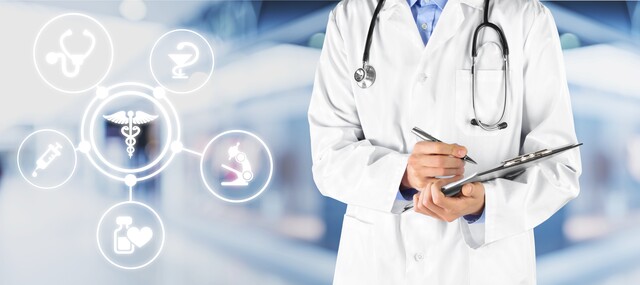 18 hours
1.8 CEUs
Medical Terminology 101
+ More Info
18 hours
1.8 CEUs
Medical Terminology 101
+ More Info
-
 14 hours
1.4 CEUs
Medical Terminology for Medical Coders
+ More Info
14 hours
1.4 CEUs
Medical Terminology for Medical Coders
+ More Info
-
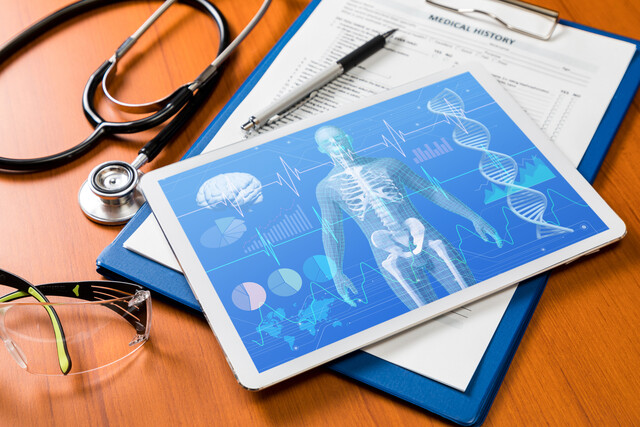 17 hours
1.7 CEUs
Medical Terminology 201
+ More Info
17 hours
1.7 CEUs
Medical Terminology 201
+ More Info
-
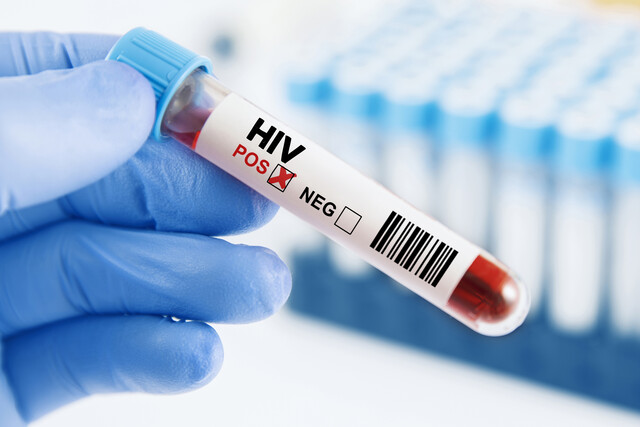 5 hours
0.5 CEUs
Caring for Patients with HIV/AIDS
+ More Info
5 hours
0.5 CEUs
Caring for Patients with HIV/AIDS
+ More Info
-
 7 hours
0.7 CEUs
Nutrition 101
+ More Info
7 hours
0.7 CEUs
Nutrition 101
+ More Info
-
 5 hours
0.5 CEUs
Child Safety for Parents
+ More Info
5 hours
0.5 CEUs
Child Safety for Parents
+ More Info
-
 17 hours
1.7 CEUs
ICD-10: Medical Coding
+ More Info
17 hours
1.7 CEUs
ICD-10: Medical Coding
+ More Info
-
 4 hours
0.4 CEUs
Stress Management
+ More Info
4 hours
0.4 CEUs
Stress Management
+ More Info
-
 8 hours
0.8 CEUs
Medical Office Management
+ More Info
8 hours
0.8 CEUs
Medical Office Management
+ More Info
-
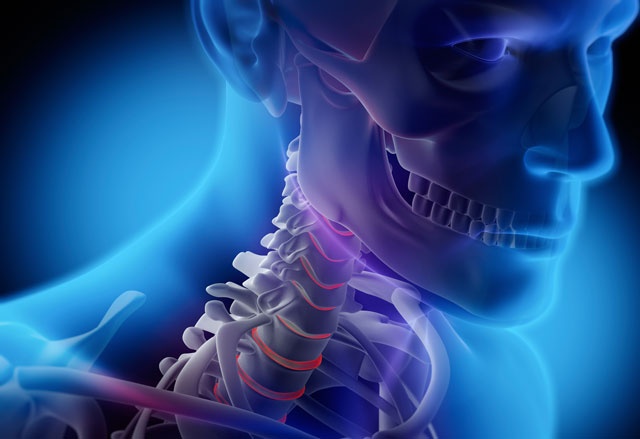 22 hours
2.2 CEUs
Anatomy and Physiology 101
+ More Info
22 hours
2.2 CEUs
Anatomy and Physiology 101
+ More Info
-
 5 hours
0.5 CEUs
Depression Management
+ More Info
5 hours
0.5 CEUs
Depression Management
+ More Info
-
 6 hours
0.6 CEUs
HIPAA Compliance 101
+ More Info
6 hours
0.6 CEUs
HIPAA Compliance 101
+ More Info
-
 2 hours
0.2 CEUs
Careers in Healthcare
+ More Info
2 hours
0.2 CEUs
Careers in Healthcare
+ More Info
-
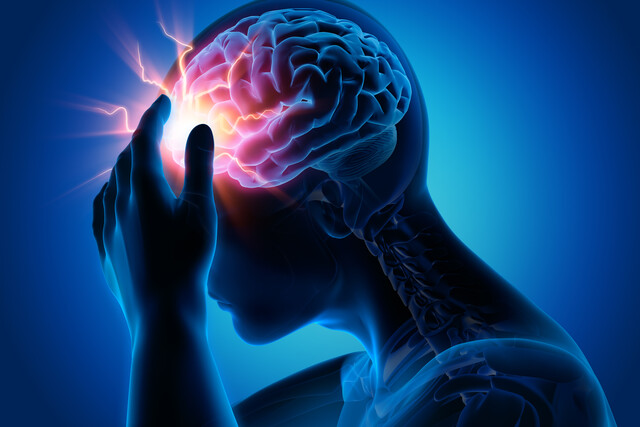 7 hours
0.7 CEUs
Understanding Concussions
+ More Info
7 hours
0.7 CEUs
Understanding Concussions
+ More Info




